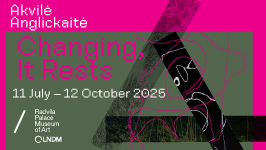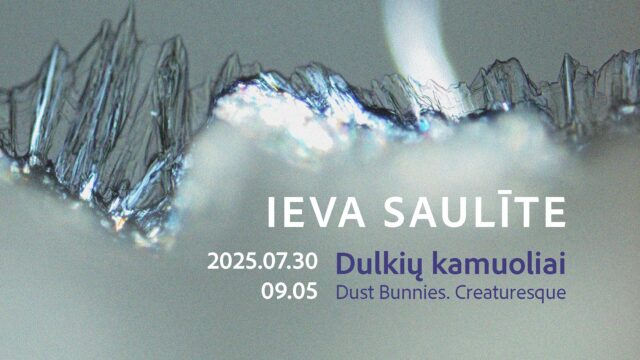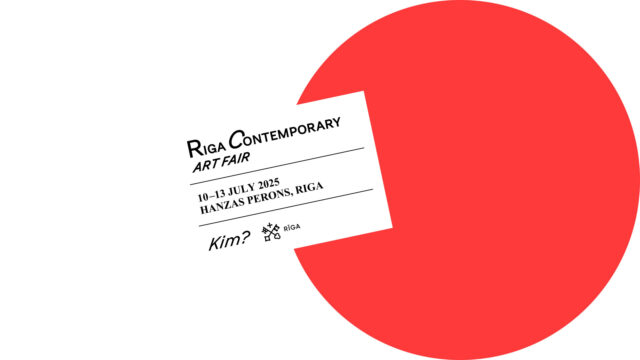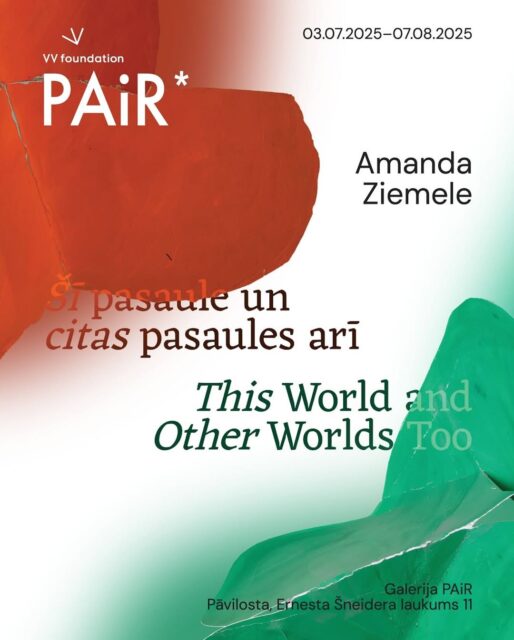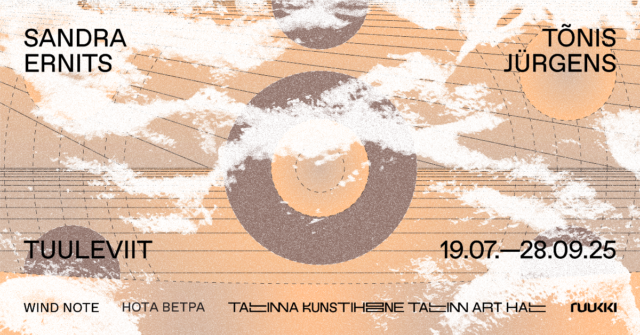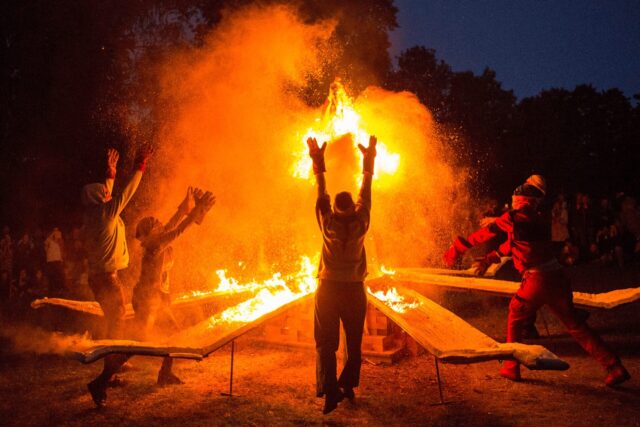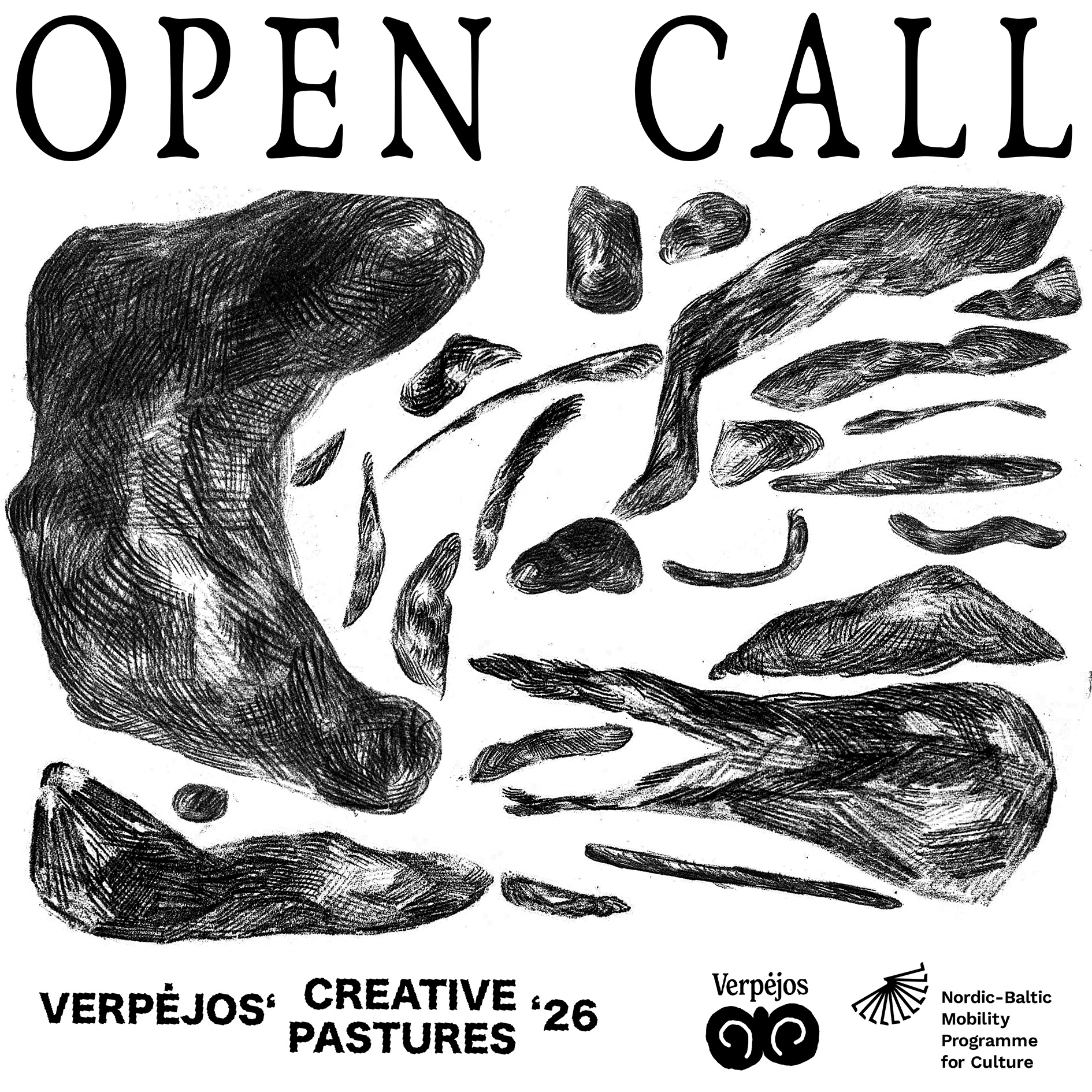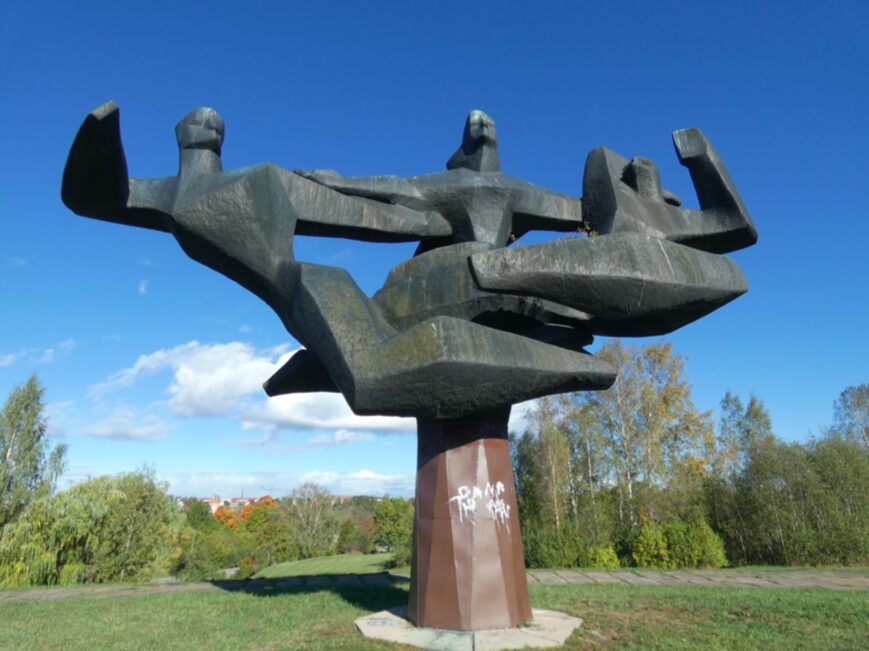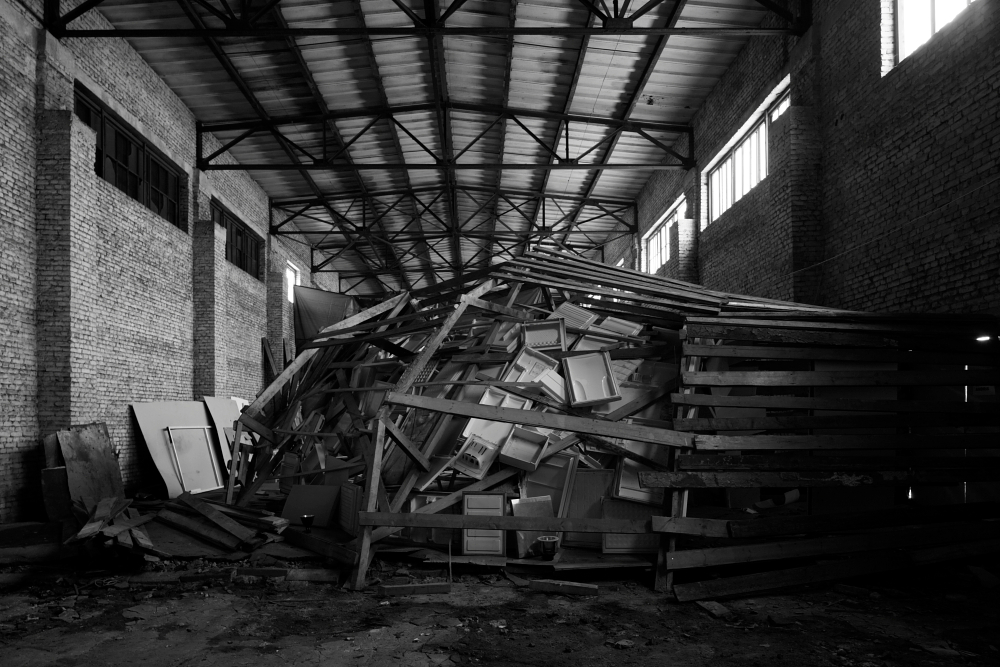
The Latvian pavilion at the 56th International Art Exhibition will present Armpit, a multimedia art installation by Katrīna Neiburga and Andris Eglītis. It is a sculpted system of building constructions interwoven with video-stories about a peculiar local phenomenon, “garage elves”, who tend to spend their leisure time tinkering with various mechanisms in workshops set up for this hobby.
The source of inspiration for the video works is the garage complexes built in the 1970s and 1980s on the outskirts of Soviet bedroom communities. Today some of the garages have been turned into living spaces. Others house workshops. In some, cars are still kept. It is a closed male commune, a monastic brotherhood that includes retired blue-collar workers of a planned economy and engineers from factories closed in the course of neo-liberal reform. With the enthusiasm of alchemists, they are continuing to occupy themselves with inventing, constructing mechanical devices or re-soldering microcircuits pulled out of second-hand gadgets.
The kaleidoscopic complex of buildings at the Latvian pavilion is a hand-made cast of this peculiar microcosm. As the artists sawed, chopped and nailed together the prefabricated building materials of shantytown constructions, they used as a prototype the creative forms of vernacular architecture. Experiments with a physically approbated experience, “knowing-in-action” acquired through manual labour and the desire to decode, with self-made contraptions, the primal nature of industrial materiality represent an opportunity to confront themselves with the real as a given.
“What is at the basis of this whole “pastoral” interest in men who spend their leisure time in voluntary seclusion, tinkering in workshops with self-invented gadgets? There is a temptation to see them as guardians of the illusory belief that it is possible to find an interconnection between the real and the technologically conjured materiality of modern living. Our attitudes to the manufactured realm of things tend to become ever more passively consumerist. The reason for this is not only laziness but also fear. Even though the rhythm of our lives is increasingly often determined by various devices, we are prevented from breaking into their hermetically sealed mechanisms by the risk of losing our right to, metaphorically speaking, warranty repairs, ” says the curator of the Latvian pavilion Kaspars Vanags.
This is the first collaboration of the artist couple, with each contributing his or her best artistic skills. Katrīna Neiburga usually works in video, using it in her socio-anthropological investigative art, multimedia installations and film narratives. Andris Eglītis tends toward the traditional in his choice of media; his desire to experiment with painting and novel sculptural forms has led him to turn to architectonic studies as a bodily experienced practice of conceptual art. Both artists have been recipients of the Purvītis Prize, which is the highest award in the area of fine arts in Latvia.
The project team is composed of commissioner Solvita Krese, curator Kaspars Vanags, architect Austris Mailītis, graphic designer Edgars Zvirgzdins (Associates, Partners et Sons), musicians Andris Indans and Janis Sipkevics (Shipsi), project manager Kitija Vasiljeva and coordinator in Venice Michele Perna. Project is organized by the Latvian Centre for Contemporary Art which is one of the leading contemporary art institutions in Latvia.





